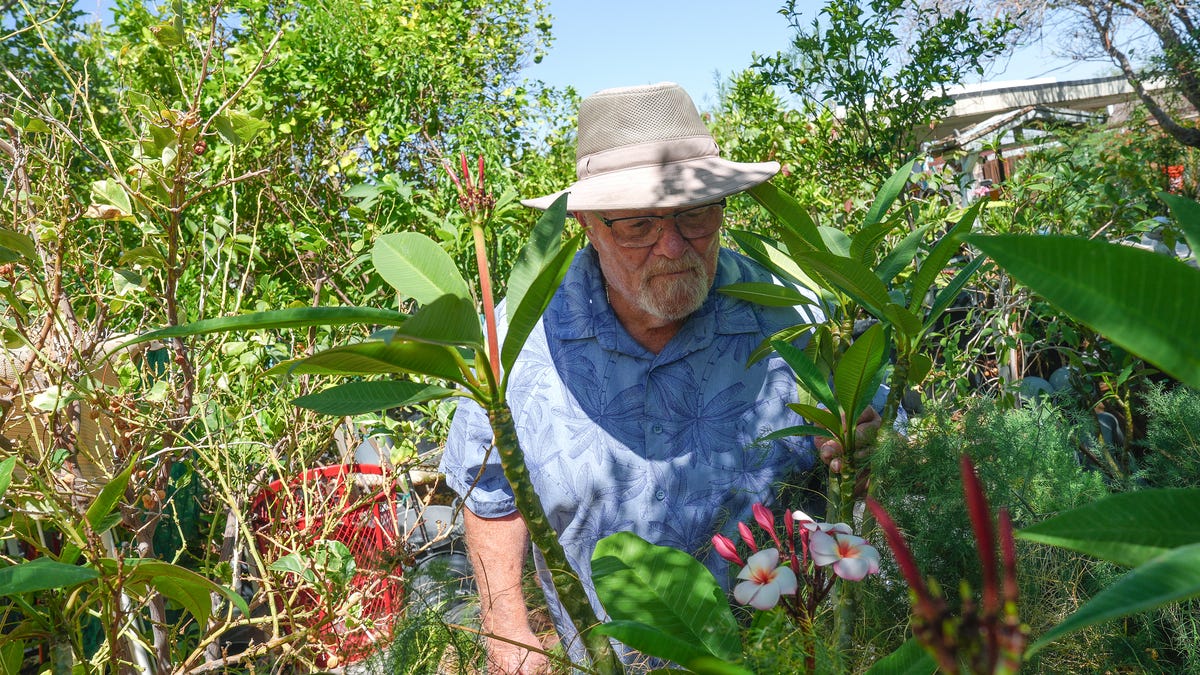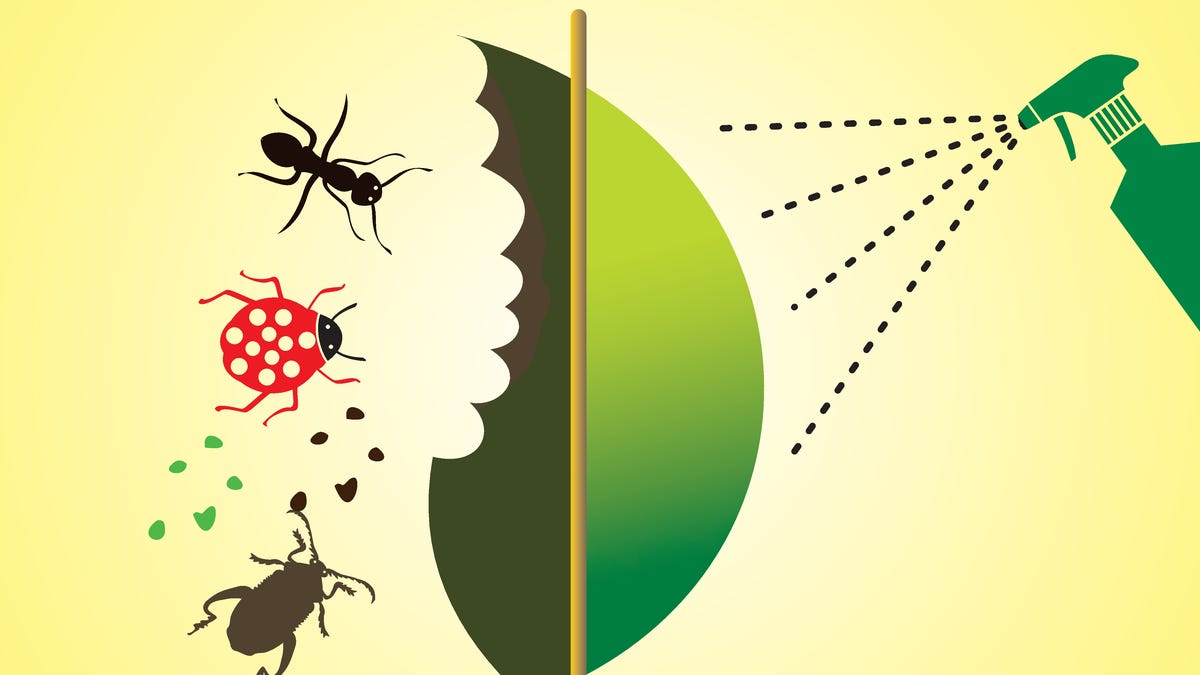Master Gardener Renee Soppe told OWLS (Older, Wiser, Learning Seniors) attendees Wednesday to not pack up the gardens quite yet â thereâs still a lot that can be done.
Jessia Ellison, food and family educator with ISU Extension and Outreach of Lee County and Soppe, who lives in Lee County but is a Des Moines County Master Gardener, led the presentation.
âWhen I think about fall gardening to begin with, itâs a lot of the cleanup tasks,â Soppe said. âWeâre thinking about gardening is done; letâs put everything to bed for the winter and think about spring.â
She said her goal was to share ideas on how to keep gardening now and how to get ready for spring.
ISU Extension and outreach has a huge variety of resources available online, at www.yardandgarden.extension.iastate.edu. Many of the handouts Soppe and Elliison provided can be found there.
The USDA plant hardiness zone map was updated in 2023, using data from 1991 to 2020. Most of Iowa is in Zone 5, with some parts slightly warmer or cooler.
The Lee County area, along with parts of surrounding counties, is now Zone 6a, what the presenters called âthe Florida of Iowa.â
Ellison said that means southeast Iowa gets a little bit longer of a growing season than most of the state.
Soppe said the extreme lows are warmer than they used to be, which opens up some more plants that can survive in the area.
âThere are plants that are frost-tolerant and we have enough time from now til Thanksgiving to actually plant some new things and enjoy that along the way,â she said. âSo youâre thinking about things that donât need to fruit, that donât need to flower. Youâre growing root, youâre growing the foliage.â
She suggested things like leaf lettuce, spinach, radishes, dill and cilantro.
The first thing gardeners should be thinking about, Soppe said, when it comes to fall gardening is to keep growing what your growing.
About half of the group said they were still growing a garden right now.
âIf you do have tomato and pepper plants, youâre still seeing fruit. Youâre probably also still seeing blossoms. That blossom is not going to have enough time to become ripe. So what you want to do is go out there and pinch those blossoms off,â she said. âBoth the tomatoes and peppers, weâre just going to pinch them off. What thatâs going to do is allow the fruit thatâs on there to finish growing. All the energy in that plant is going to go to that.â
Itâs also probably the driest time of year, Soppe said, so keep on watering plants.
There are a lot of things that can be planted mid-summer for a second chance.
Plants that like the cool temps of spring, can actually be planted in July and August and harvested again.
âOne of the great things with starting it in the summer is it grows quickly because that soil is nice and warm when you put that in.â
Soppe also suggested planting some hardy flowers like mums, astors and black-eyed Susans.
âItâs a great time to enjoy whatâs out there,â she said.
When it comes to garden cleanup, Soppe said, get rid of all the dead plants and donât let them sit in the soil all winter. Itâs also a good time to start laying in manure.
Soppe said perennial garden tasks are her âabsolute favorite.â
âBecause the best thing for everybody is to do nothing,â she said.
She suggested coneflower, black-eyed Susans, lambâs ear.
âA lot of these are native plants and our native pollinators have evolved with those to both feed on them but to also overwinter with them,â she said. âSome of them are using the stalks, some of them are using the leaf litter. If weâre clearing everything, weâre kind of pulling all of that habitat back.â
Birds also love some of these plants.
âLeaving those up in the winter is great food for the birds,â she said. âA lot of us will buy birdseed and continue to fill it and some of us, just before that, actually pulled out all of the seeds that they would naturally be eating.â
Soppe also discussed what to do with tree leaves and suggested mulching them with a mower. It will take several passes to get the mulch small enough to not smother the grass.
Itâs a good idea, Soppe said, to start prepping in fall for spring growth with things like tulips and daffodils as well as turf grass.
Itâs a good time of year, as well, to plant deciduous trees, Soppe said.
OWLS is a free gathering for older adults at Lee County Conservation that meets each month at 11 a.m. on the second Wednesday for a monthly presentation. Register for OWLS by calling 319-463-7673 or emailing [email protected].









